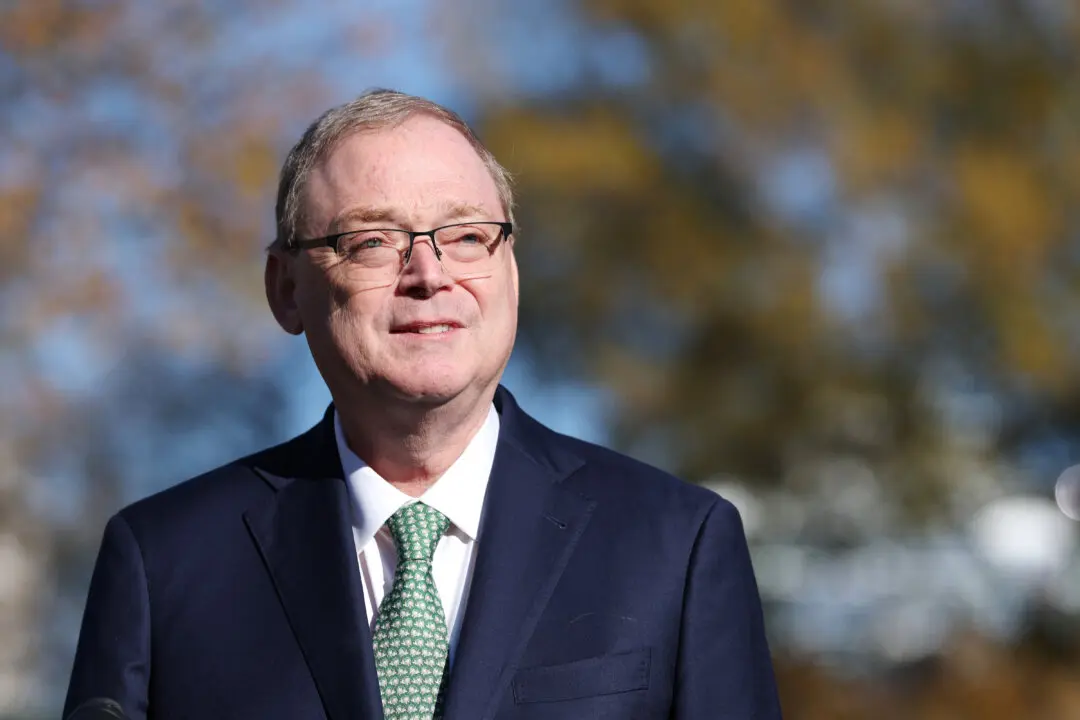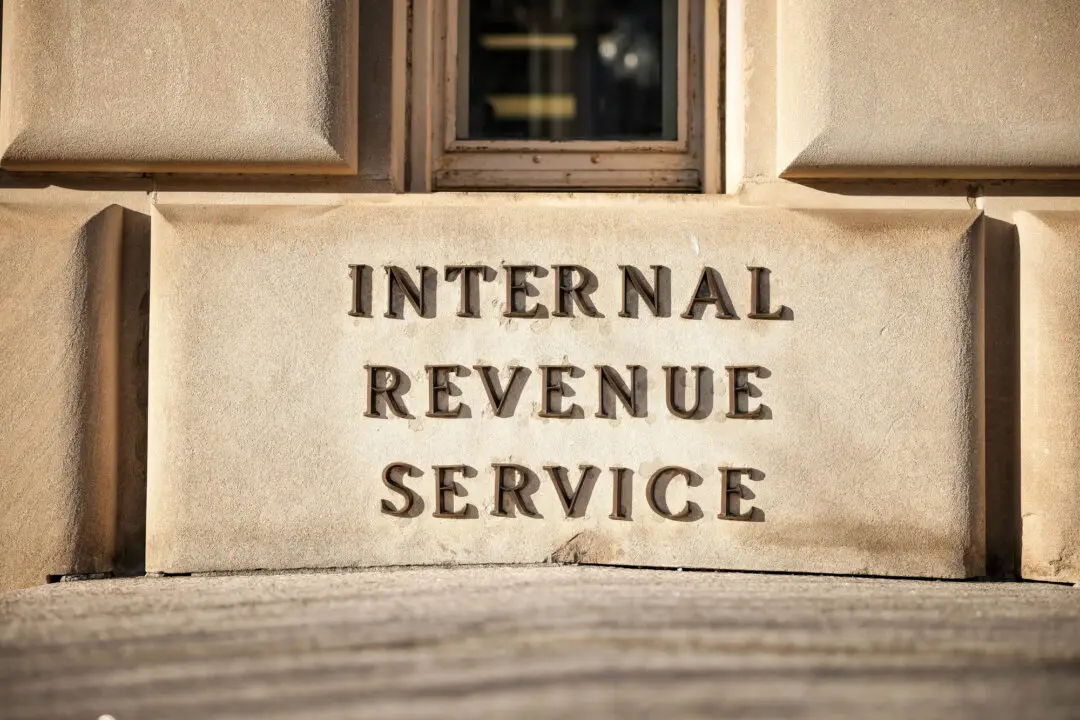Economists from some of America’s biggest banks predict the U.S. economy will grow, add jobs, and support wage gains in 2020, according to a forecast of the American Bankers Association Economic Advisory Committee.
“The median forecast is for a 1.9% inflation-adjusted growth in GDP this year and next year (as measured on a Q4/Q4 basis), following an estimated 2.3% change last year,” the Committee said in a statement on Jan. 16.





